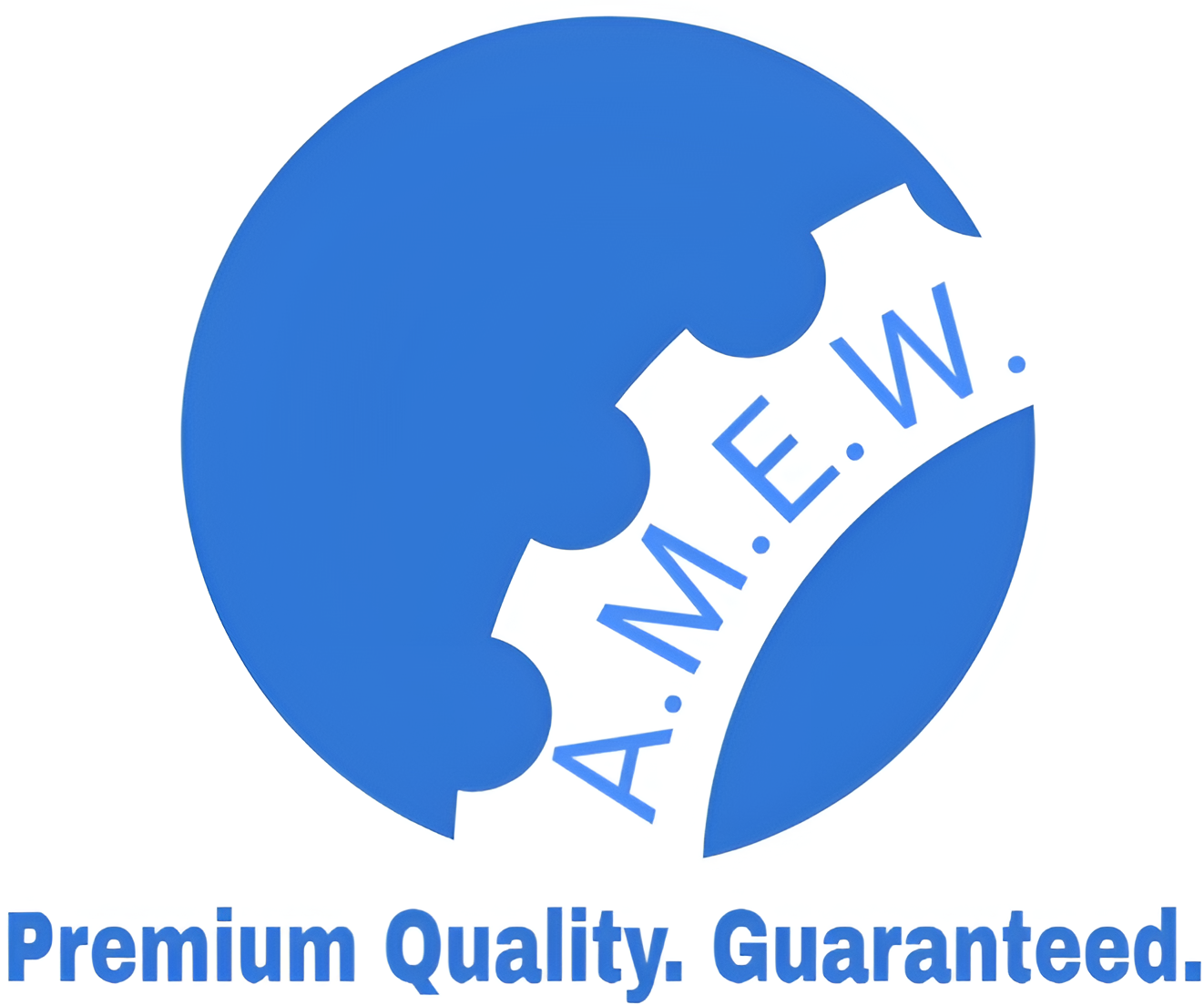Description
C45 Grade Steel – Medium Carbon Steel
Table of Contents
- Introduction to C45 Grade Steel
- Chemical Composition
- Mechanical Properties
- Applications of C45 Grade Steel
- Comparison with Other Steel Grades
- Heat Treatment and Fabrication
- Advantages and Disadvantages
- Conclusion
1. Introduction to C45 Grade Steel
C45 grade steel is a medium carbon steel known for its moderate tensile strength and versatility in various applications. With a carbon content typically around 0.45%, this steel grade strikes a balance between strength and ductility, making it suitable for a range of engineering needs. C45 can undergo through hardening through quenching and tempering processes on limited sections, and it can also be flame or induction hardened to achieve hardness levels of up to HRC 55.
Most commonly supplied in an untreated or normalized condition, C45 is available in several variations, indicated by additional letters, which offer slight modifications to its chemical composition to better suit specific applications.
2. Chemical Composition
The chemical composition of C45 grade steel is essential for its performance characteristics. Typical elements include:
- Carbon (C): 0.42% – 0.50%
- Manganese (Mn): 0.60% – 0.90%
- Silicon (Si): ≤ 0.40%
- Phosphorus (P): ≤ 0.04%
- Sulfur (S): ≤ 0.05%
- Iron (Fe): Balance
This specific composition provides C45 with the strength and hardness required for various applications, while still maintaining sufficient ductility.
3. Mechanical Properties
C45 grade steel exhibits commendable mechanical properties, making it suitable for a variety of engineering applications:
| Property | Value |
|---|---|
| Yield Strength (min) | 355 MPa |
| Tensile Strength | 600 – 800 MPa |
| Elongation (min) | 16% |
| Hardness (Brinell) | 150 – 250 HB |
These properties ensure that C45 grade steel can withstand significant loads and stresses while retaining its structural integrity.
4. Applications of C45 Grade Steel
Due to its robust properties, C45 grade steel is commonly used in various applications, including:
- Gears: Ideal for manufacturing gears that require high strength and wear resistance.
- Automotive Components: Used in critical automotive parts where durability and reliability are essential.
- General Engineering: Suitable for various engineering applications, including machinery parts and tools.
The diverse applications of C45 steel highlight its adaptability across different industries.
5. Comparison with Other Steel Grades
When compared to other steel grades, C45 offers a unique balance of strength and machinability:
| Steel Type | Carbon Content | Yield Strength | Applications |
|---|---|---|---|
| C45 | 0.42% – 0.50% | 355 MPa | Gears, automotive components |
| C35 | 0.32% – 0.38% | 310 MPa | General construction |
| C55 | 0.50% – 0.60% | 370 MPa | Tooling, high-strength applications |
C45 is often preferred for applications requiring moderate strength and good machinability.
6. Heat Treatment and Fabrication
C45 grade steel can undergo various heat treatment processes to enhance its properties, including:
- Quenching and Tempering: Used to increase hardness and strength, particularly in limited sections.
- Flame Hardening: Provides localized hardening, achieving surface hardness levels of HRC 55.
- Induction Hardening: Similar to flame hardening, this method also focuses on surface hardening for wear resistance.
These heat treatment options allow for customization of C45 steel to meet specific application requirements.
7. Advantages and Disadvantages
Advantages
- Versatility: Suitable for a wide range of applications in different industries.
- Good Machinability: Similar to mild steel, making it easy to work with during manufacturing.
- Moderate Hardness: Can be heat-treated for improved hardness and strength.
Disadvantages
- Reduced Weldability: Lower weldability compared to low carbon steels, which may require special considerations during fabrication.
- Limited Hardening Depth: Through hardening is possible only in limited sections, which may not be suitable for all applications.




